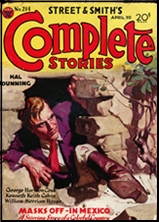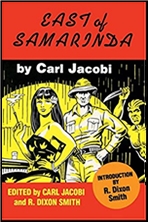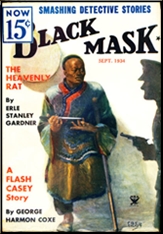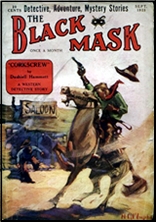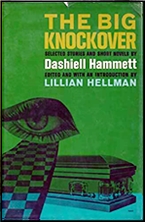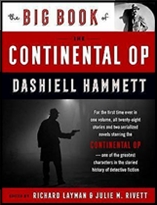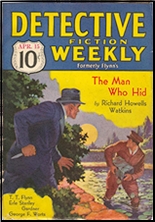Sat 2 Jan 2021
Pulp PI Stories I’m Reading: Selected by David Vineyard: RAOUL WHITFIELD “A Woman Can Kill.â€
Posted by Steve under Pulp Fiction , Stories I'm Reading[9] Comments
RAOUL WHITFIELD “A Woman Can Kill.†Novelette. Dion Davies #1. Published in Black Mask, September 1933. Reprinted in Ellery Queen’s Mystery Magazine, June 1953.
That is one heck of a tricky plot, but there is more, because this story has more people not quite who or what you think they are than you can imagine.
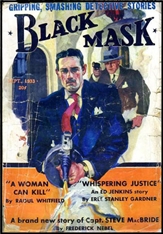
First there is our hero Dion Davies, a successful private detective, part of Davies and Dancer Ltd., a private detective agency. Davies is the face of the operation and his partner Stephen Dancer, a lawyer who financed the partnership and went into business with him and his attractive secretary Julie Ryan.
Seems simple enough, but this one veers off into Remington Steele country pretty fast. There is no Stephen Dancer, and there is no Julie Ryan, instead there is Julie Hazard, who is the senior partner and created the mysterious Dancer to attract customers and posed as Julie Ryan Davies secretary to keep close. She put up the front money and is the silent partner as handy with a gun or her wits as Dion.
Tay is a crooked club owner who tricked nice old philanthropic Mrs. Greenaway into selling her non-profit theater and then set about turning it into a swank beer joint. Mrs. Greenaway has always been dead set against beer so she feels doubly upset that Tay tricked her.
Her revenge is to buy up the property across the street and open up an even bigger joint, put Tay out of business and then close down both places, so Tay sends his man McQuirter to hire Davies and Dancer to get something on Mrs. Greenaway’s wild society granddaughter Nancy Gale who is engaged to a no good society type.
When Tay tries to set Davies up with a phony Gale he quits and gets a warning from Tay not to hire on with Mrs. Greenaway if she shows up — and a speeding sedan opens up on him from the street with a machine gun to emphasize the fact.
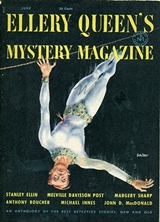
Then Mrs. Greenaway shows up at his office to hire him — not to protect her from Tay, but from her granddaughter.
Still with me?
On top of everything else the Old Lady is lying about why she fears her granddaughter. It’s not the girl doesn’t have a motive, but killing Mrs. Greenaway would do her no good, the Old Lady fixed it so she would never inherit, so why is the Old Lady afraid of Nancy Gale?
Then they find Nancy Gale murdered, and the police think her grandmother tricked her, trapped her, and murdered her out of fear.
And the twists keep coming until the final shootout when everything gets more or less sorted out.
This isn’t prime Whitfield. The set-up is too cute, the plot too complex for its length, and there isn’t much character development. Davies and Dancer/Hazard/Ryan are interesting and the byplay between them good, but we never get enough insight into why she does what she does and why he bought into it in the first place.
Everyone else is strictly from hard-boiled Central Casting.
Of course this is Whitfield, and even minor Whitfield is well written, observed, snappy, and written with that famous word savagery the Black Mask school of writers were famed for.
Whitfield was only just below Hammett and Chandler, and light as this fare is, it also shows why. It is fast, clever, and I read it at a sitting compelled to keep going.
Reading this, it is hard not to imagine it as a slick B movie full of snappy lines and moving at a decided clip for the fade to black, and that’s a compliment and not a knock.
Bibliographic Note: There was to be only one more Dion Davies story, that being “Money Talk,” Black Mask, October 1933.
